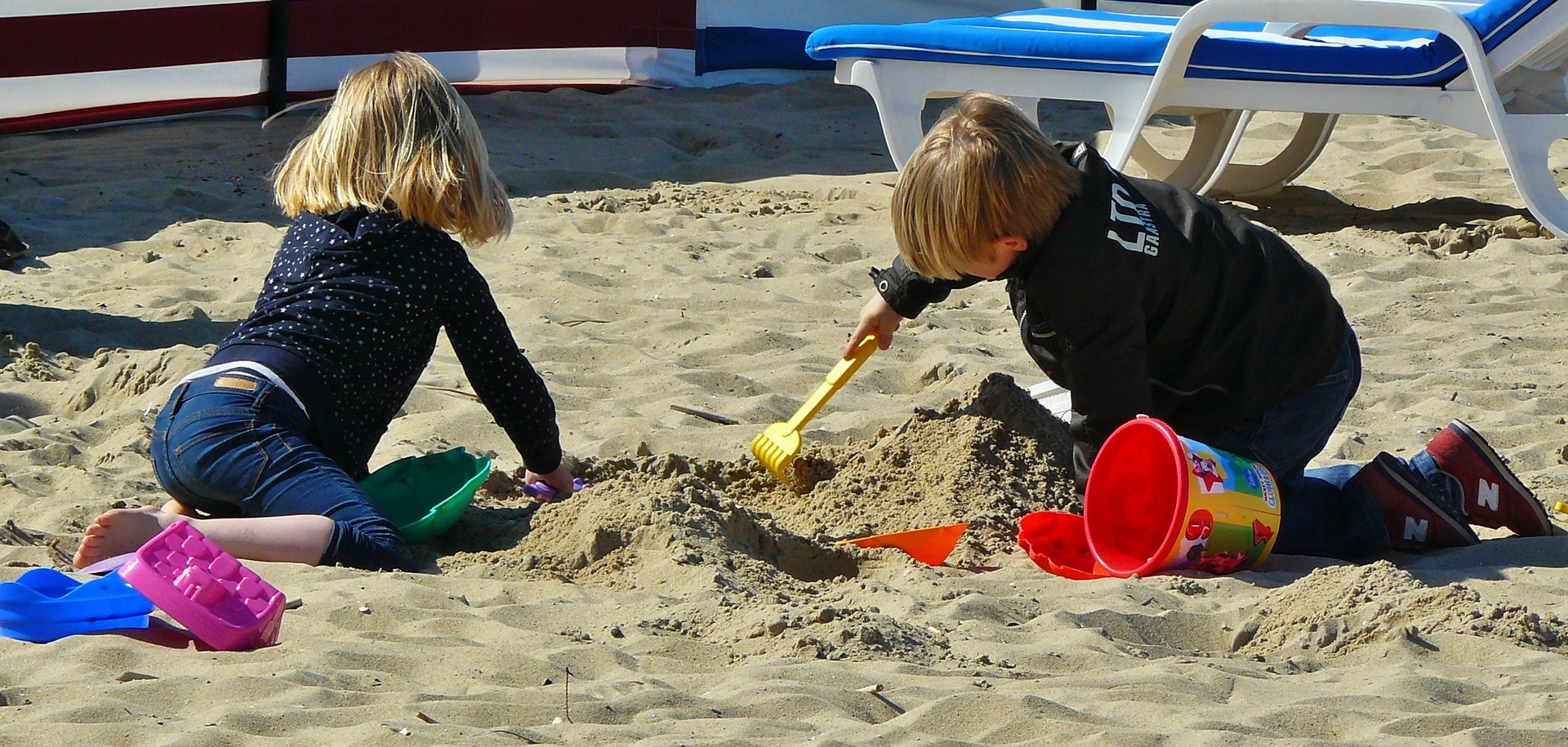
Have you ever had a cup of coffee or listened to loud music to help yourself wake up in the morning? What about after a long day? Do you take a brisk walk or curl up on the couch with your pet to help calm yourself down? These are behaviors you do to regulate your body’s nervous system. Your nervous system is responsible for telling you what is happening around you and within your body. Sometimes, our bodies need to be calmed down or energized depending on the situation.
Sensory information flows into our bodies at every moment of every day and our bodies use the information without us knowing. This is just like when we eat a meal and our bodies use the food for energy without us thinking about it.
The nervous system organizes information that is detected by senses and then gives meaning to the incoming information. It sorts through and selects what to focus on (listening to the person you are talking with, not the person across the room tapping on the table). This is our body’s way of telling us what is important to pay attention to and what is not important. If we had to pay attention to everything happening around us, we would not be able to keep track of it all and miss out on the really important things. It is more important to know that there is a person talking to you, not that a fly is buzzing by.
Think of your nervous system like a highway; with information coming in and going out, jetting off exit ramps and entering through on ramps. Our bodies look for something to help us organize the incoming information correctly. And usually our nervous system works without flaws, or accidents and traffic jams.
But individuals with sensory processing problems have nervous systems that have six or seven car pile ups and mile-long traffic backed ups. For some of us, this interruption may be like a deer jumping in the middle of the road. Some people are not able to apply the brakes soon enough, or can’t stop at the red light. This is a problem.
Enter the Occupational Therapist (OT). Some people need an Occupational Therapist to help them learn nervous system adjustment strategies and practice using them. The tactics used act as a traffic copy directing traffic to ensure it moves along smoothly.
I worked with a 10 year old boy, Kenny, who struggled to pay attention in class. He seemed very distracted by noises and posters on the walls. He would often miss pieces of information being taught to him, and get very frustrated. Kenny’s OT was able to give him strategies such as using a swing, weighted blankets, and physical activities such as vacuuming, raking leaves, gardening, and games like pass and running. These activities helped Kenny’s body organize, and helped him pay attention to what his teacher was saying.
Once our nervous systems are functioning properly, we can then learn and engage in the meaningful activities of our day. For kids, OT can help them with their handwriting, tracing, cutting with scissors, copying, balance, posture, coordination, and play.
The most frequent question I’m asked is, “What is Occupational Therapy? You help people get back to work after an injury, right?” Well, not exactly. An occupation is any activity a person engages in, not just work. OTs work with people across the lifespan, from newborns in the NICU to elders in hospice. We help people successfully engage in the occupations they find meaningful and purposeful. Do we work with people after an injury in both outpatient and acute physical rehabilitation? Yes! But, we also do so much more.
Why do we provide OT to children here at Spurwink? To answer this question, we must look at the occupations of children. A child’s first and most important occupation is play. Play is the mechanism in which children learn about their environment, the people around them, and themselves. It is the framework for future skills such as playing with friends, and being able to control their bodies and voices in public.
A child’s second occupation is their education. Children are expected to learn at a fast rate, complete their homework on time and participate in many activities during their day such as gym, music, recess and art. All of these tasks and activities demand many things of school aged children. They must be able to get along with their peers and adults, use fine and gross motor skills to play and learn, and successfully use their senses to navigate their daily schedules and routines.
At Spurwink, Occupational Therapists are an essential part of the therapeutic culture and spend a lot of time in special education classrooms. They attend clinical and educational treatment team meetings and provide consultation to staff.
So, what happens when a child has a difficult time participating in these occupations? They likely need tools, modifications and changes to their routine or environment to help them engage and succeed.
The foundation of success in both play and school is the ability to regulate our bodies. Occupational Therapists help the students at Spurwink engage in meaningful activities!
For more information about Occupational Therapy, check out
- Sensory Processing Disorder Foundation- http://www.spdfoundation.net/
- The Out of Sync Child and The Out of Sync Child Has Fun by Carol Stock Kranowitz, M.A., A Perigee Book.
- Asperger Syndrome and Sensory Issues. By Miles, Cook, Miller, Rinner, Robbins. Autism Asperger Publishing Co.
- Ayres, A.J. (1979). Sensory integration and the Child. Los Angeles, Western Psychological Services.
—
Anna Brown, MS, OTR/L | Occupational Therapy Coordinator, Spurwink
